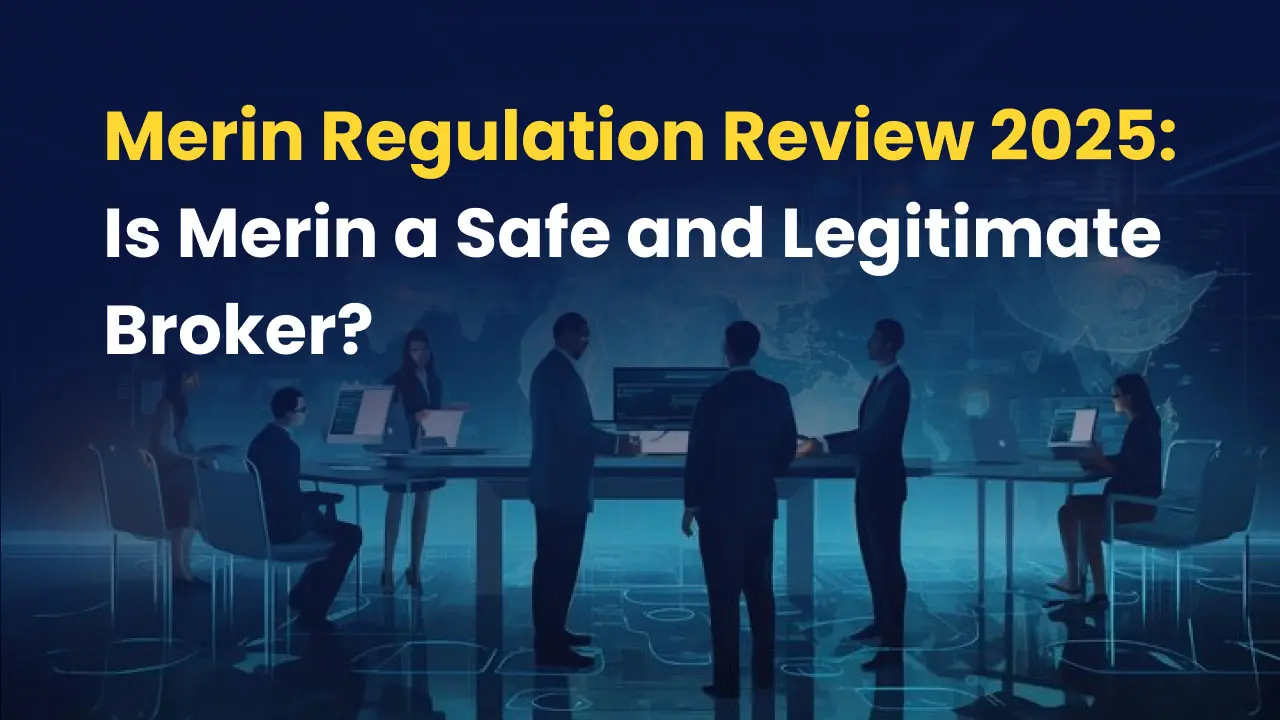简体中文
繁體中文
English
Pусский
日本語
ภาษาไทย
Tiếng Việt
Bahasa Indonesia
Español
हिन्दी
Filippiiniläinen
Français
Deutsch
Português
Türkçe
한국어
العربية
Three Reasons Why US Markets Thrive in Prolonged Fed Hold
Abstract:The surprising resilience of US financial markets under prolonged high Fed rates reveals three unique factors mitigating systemic risks.

The US financial markets have exhibited astonishing resilience in the face of the Federal Reserve's most prolonged period of high interest rates in more than four decades, in an extraordinary turn of events. Markets are proceeding without substantial disruptions, despite concerns that these “restrictive” policies, as Chair Jerome Powell has referred to them, could potentially undermine the economy. The following are three critical factors that elucidate the difference between this period and others, as well as how these elements contribute to a stable financial landscape.
1. The Privatization of Risk
The financial ecosystem has undergone a substantial transformation to the extent that risk is increasingly privatized. In contrast to the public market collapses of 2000 and 2007, which were visible to all and precipitated widespread hysteria, a significant portion of today's financing takes place in the shadows. Private entities, including pension funds, endowments, family offices, and ultra-wealthy individuals, are now more prominently involved in lending, circumventing the stricter regulations that govern public financial institutions.
This trend indicates that the likelihood of immediate contagion regarding prospective issues within the financial system is reduced. For instance, herd behavior that frequently results in market collapses is prevented by the fact that missed interest payments by private entities do not generate public headlines. Additionally, the risk of precipitous financing stops is mitigated by the relatively low likelihood of investors in private credit funds, including pension funds and insurance companies, to abruptly terminate their investments.
Nevertheless, this privatization is not without its own set of associated hazards. The potential for lower underwriting standards and the opacity of the private credit market has been emphasized by the International Monetary Fund (IMF) in response to the increased pressure to finalize transactions. In the event of a substantial market decline, there are concerns regarding the “layers of leverage” that exist within this ecosystem, which could potentially compound disruptions.
2. The Growth-Powered Government Debt
An additional distinctive feature of the current financial stability is the function of government debt in driving economic growth. Federal spending is a substantial contributor to the current period, in contrast to previous expansions that were fueled by corporate or household borrowing. In 2023, government expenditure was the primary source of GDP growth, with the highest percentage in over a decade, primarily funded by debt.

Inherently less hazardous than private debt, government debt is generally regarded as secure due to the federal government's capacity to tax. Unfortunately, the costs of this borrowing are on the rise, and there are concerns regarding the fiscal trajectory's sustainability. Although these concerns are valid, it does not appear that the current level of debt has yet reached a critical threshold that would result in a substantial increase in yields and the destabilization of the economy.
3. Fed's Balanced Approach
Maintaining market stability has also been significantly influenced by the Federal Reserve's strategy for managing elevated interest rates. Despite the fact that the Federal Reserve has implemented vigorous rate hikes and reduced its bond portfolio, it continues to exhibit a high degree of sensitivity to potential negative outcomes. Exemplifying this vigilance is the central bank's prompt intervention during the collapse of Silicon Valley Bank in March 2023.
Strategic communication by the Federal Reserve has been instrumental in mitigating market volatility and ameliorating financial conditions. This has necessitated a meticulous equilibrium: the preservation of a “tight” monetary policy while preventing the economy from spiraling into recession. In spite of the elevated interest rates, the Federal Reserve's interventions and signaling have maintained relatively benign financial conditions, thereby averting substantial fluctuations.
In spite of this, the Federal Reserve's capacity to oversee all facets of the financial system is restricted. Particularly in sectors with less regulatory supervision, such as fintech lending, and among low-income households, high interest rates have generated tension. Prolonged high rates have yet to completely test the resilience of the broader financial system and consumer markets.

In summary,
To conclude, the current stability of the US financial markets, despite the protracted high interest rates, can be attributed to a combination of factors. Within the opaque domains of private credit markets, the privatization of risk has served to mitigate potential contagions. Government debt has been instrumental in maintaining economic expansion, despite the increasing apprehensions regarding fiscal sustainability. Finally, the Federal Reserve's strategic communication and balanced approach have facilitated the management of market expectations and the diminution of potential downturns. Although these components have thus far maintained market stability, the inherent risks and potential stress points indicate that it is imperative to exercise caution when navigating this unprecedented economic environment.
You may access the financial latest news here.

Disclaimer:
The views in this article only represent the author's personal views, and do not constitute investment advice on this platform. This platform does not guarantee the accuracy, completeness and timeliness of the information in the article, and will not be liable for any loss caused by the use of or reliance on the information in the article.
Read more

Voices of the Golden Insight Award Jury | Kazuaki Takabatake, CCO of Titan FX
WikiFX Golden Insight Award uniting industry forces to build a safe and healthy forex ecosystem, driving industry innovation and sustainable development, launches a new feature series — “Voices of the Golden Insight Awards Jury.” Through in-depth conversations with distinguished judges, this series explores the evolving landscape of the forex industry and the shared mission to promote innovation, ethics, and sustainability.

GCash Rolls Out Virtual US Account to Cut Forex Fees for Filipinos
GCash launches its Virtual US Account in the Philippines, cutting forex fees and empowering freelancers with higher take-home pay.

Can These Five Brokers boost your wealth?
Choosing a reliable broker can directly impact your long-term profitability. WikiFX evaluates a broker’s safety, regulatory compliance, and service quality. According to WikiFX’s latest ratings, the following five brokers consistently achieve higher scores than many competitors. Whether you're a beginner or a seasoned investor, these well-regulated, reputable platforms may help you trade with greater confidence and potentially boost your wealth.

Merin Regulation Review 2025: Is Merin a Safe and Legitimate Broker?
The online trading industry is filled with both regulated brokers and high-risk offshore platforms. Among them, Merin is a forex broker that recently attracted public attention. As more traders look into Merin, a key question arises: What is the Merin regulation status, and is Merin safe or a potential scam?
WikiFX Broker
Latest News
GCash Rolls Out Virtual US Account to Cut Forex Fees for Filipinos
WikiFX's New Evaluation of ATM Capital LTD: Does its License Protect the Arab Investor?
How a Fake Moomoo Ad Led to the “New Dream Voyage 5” Scam
Is Axi Legit? A Data-Driven Analysis of Its Regulatory Standing and Trader Feedback
Trive Investigation: High Score, Hidden Risk - The Profit Paradox
In-Depth Uniglobe Markets Commission Fees and Spreads Analysis – What Traders Should Really Know
FXPesa Review: Are Traders Facing High Slippage, Fund Losses & Withdrawal Denials?
CMC Markets Australia Revenue Surges 34%, But High-Net-Worth Clients Face Tax Phishing Threat
The 350 Per Cent Promise That Cost Her RM604,000
INZO Commission Fees and Spreads Breakdown: A 2025 Data-Driven Analysis for Traders
Currency Calculator



